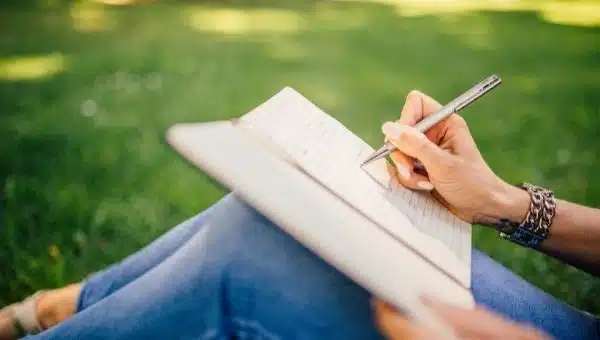Writing can be of several kinds, just like genres but how to make your writing stand out in between a lot of writings. How to make our imagination come to reality through words? Is your writing as appealing as your imagination? In this article, we will talk about 5 writing techniques that are powerful. One can utilize these techniques and bring life to the stories that you are willing to write.
5 Writing Techniques that are Powerful:
Utilize Time
Shifting in time has many advantages that can alter a good story into a great one. If you drop the protagonist into a different timeline, the readers will be more curious and realize that there is a lot to read in this story. It would also create a good impression of the writer as the readers will look up to the time and thought the author has put in the book. One way is to shift back to a few years and talk about the flashback, perhaps about a different character that affected the protagonist or a situation similar to the present time and more. Another way is to present a few years after the present time, it makes the readers curious about the process and how the characters will get into that position of the future.

Point of View
Point of view in a narrative could be of several kinds, first-person (uses words like ‘I’ and ‘me’), second-person (uses ‘you’), and third-person (uses words like ‘he’ and ‘she’) perspective. The point of view of the self or soliloquy adds a separate interest and curiosity among the readers.
Compare Words
Descriptions can easily get stagnant and boring for the readers so what we can do it make it feel less tedious is apply figurative language and literary comparisons like smile, metaphor, and anthropomorphism. A simile is a figure of speech that occurs when you compare a certain thing to something else, often compared by using ‘like’. For example – her face is glowing like the moon. A metaphor is a poetical comparison of something with something else. For example – life is a public concert. Anthropomorphism occurs when the narrator compares a living trait to a non-human object. Example – a sagged sadly chair.

Appeal to Different Senses
To make a good impression among the readers and elucidate the narrative, one needs to have a great sense of imagery. Since we enjoy and explore the world through our senses, through taste, sound, sight, and smell, it is expected from a writer to appeal to those senses to become a powerful narrator. So whenever one describes the way a room looks, why not describe the way it smells? Or whenever one describes the taste of food from a certain restaurant, why not describe the view from the restaurant?
Use of Irony
The irony is the literary method that contrasts between what is expected to happen and what happens. The three primary kinds of irony are verbal irony, dramatic irony, and situational irony. Verbal irony happens when the role says something but means exactly the contrary of it either through understatement or hyperbole. This is also one of the 5 writing techniques that are powerful. Dramatic irony happens when the audience or the readers are familiar with something the characters are not. Situational irony happens when the character expects something or is expected to do something but something else happens at that moment.
Also Read: Famous Writers from West Bengal | Well Known Bengali Writers





